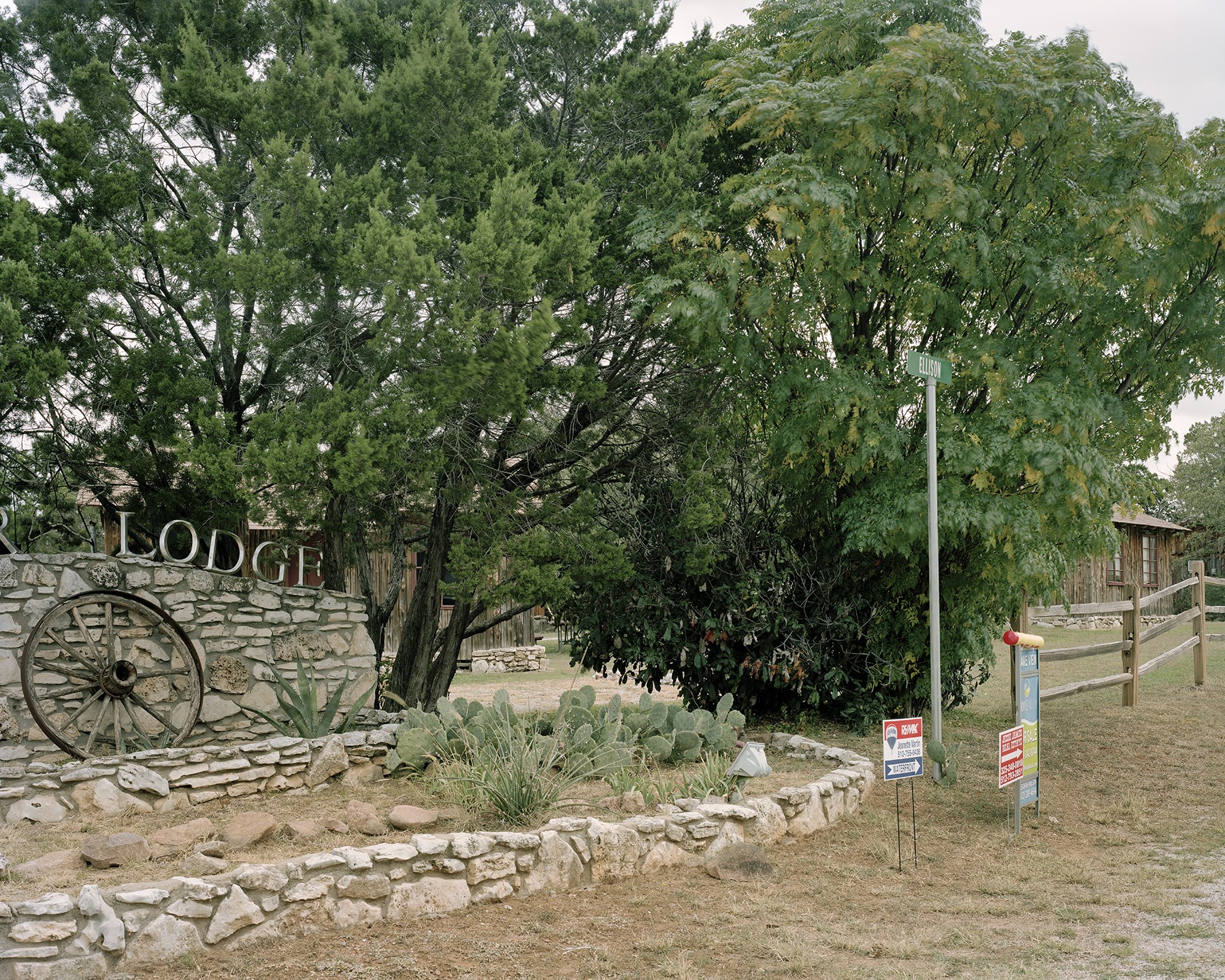Recreational Area
Lake Buchanan: The Creation of a Major Recreational Area
The creation of a major recreational area was not at the top of the list for Buchannan dam proponents in the 1930s. Texas and the entire country were in the grips of the Great Depression not to mention weather extremes. Old Bluffton historian Alfred Hallmark reflects: “don’t think that when the dams were built, that recreation was considered that important but it turned out to be one of the major benefits of the lake have been the recreational aspect of it.”
Of all of the economic uses, recreational use has had the most visible economic impact on the region. Direct purchases by visitors to Lake Buchanan in 2011 produced $2.6 million in local tax revenue (excluding property taxes) and $7.0 million in state tax revenue. Total lake-related visitor spending in the Upper Highland Lakes, including multiplier effects, created $185.5 million in total economic activity and $81.7 million in earnings for employees and business owners. It created 3,648 jobs.[1]
While the river and weather systems that had routinely fed Lake Buchanan had their ups and downs since the 1930s, none was like the drought of 2008–2014.
Historic Lake Buchanan water storage 1938-2015

The drought was more prolonged than earlier ones and water levels in Lake Buchanan plummeted, literally leaving local businesses high and dry. Resident Max Alexander succinctly answer our question in a 2014 about the impact of the drought on the economy simply saying “Yes. It's completely killing my business.” In Tow, a town on the northern edge of Lake Buchanan, hotel tax receipts—primarily from lakeside businesses were down 60 percent in 2012[2]

© Richard Wasserman, 2012
Karon Milam explained that they have experienced a 65 to 70 percent loss of income, if not more. She added that
"If we weren't able bodied enough and if we didn't have a business that was mobile enough to where we couldn't move with the water as it drops, we would be completely out of it. A lot of the resorts up here, of course they can't move, they can't follow the water or anything like that, they are just sitting here on mud holes and nobody wants to come stay and be there, it's just not a nice place to be, it's not anything that would want to drive someplace to get away to. We're lucky because we can trailer our boats down to wherever we can find some place to put in."

© Richard Wasserman, 2012
The previous expanse of Lake Buchanan was gone. Puddles and car wheel tracks in the mud had replaced broad vistas that included sail boats, fishermen, and swimmers. Milam rhetorically asked “How do you promote this? You know, we're not really sure how to, you can't show pictures of a lake that's not there.”
[1] TXP, Inc., Concept Development and Planning, LLC, and Diverse Planning and Development, The Economic Impact of the Upper Highland Lakes of the Colorado River. Prepared for Burnet County & Llano County. Fall 2012, p. 60. http://tools.cira.state.tx.us/users/0095/docs/Economic%20Impact%20Of%20The%20Upper%20Highland%20Lakes%20Of%20The%20Colorado%20River%20-%20Fall%202012%20(2).pdf Accessed January 23, 2016.
[2] David Edward Barer, Tow, Texas: When the Water Recedes. MA Thesis University of Texas at Austin. (August 2013), p. 14.

